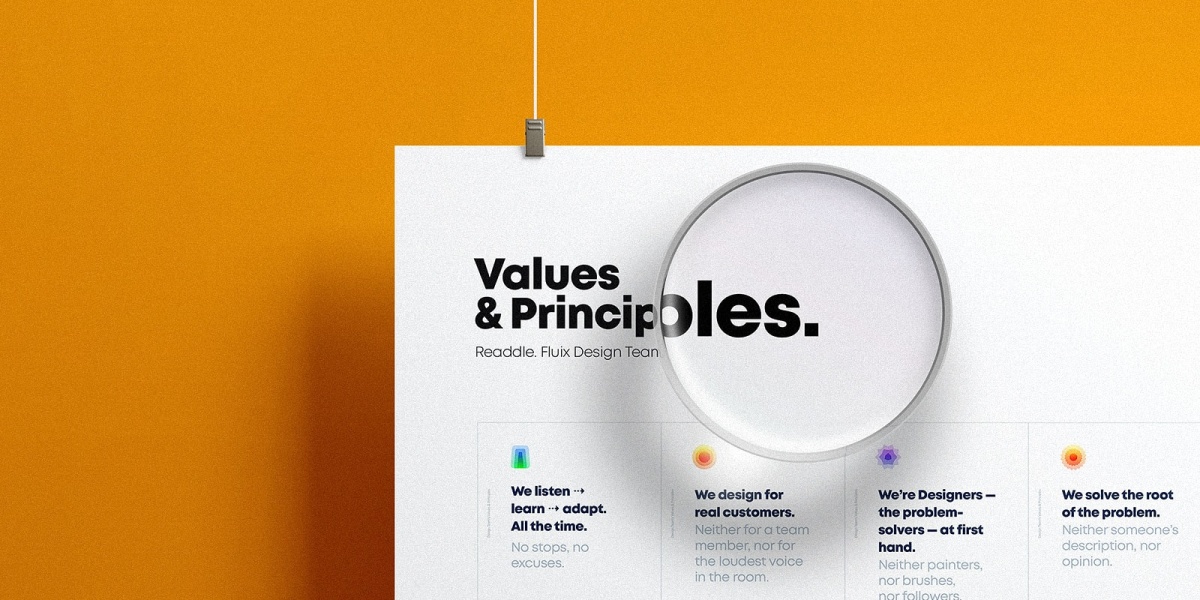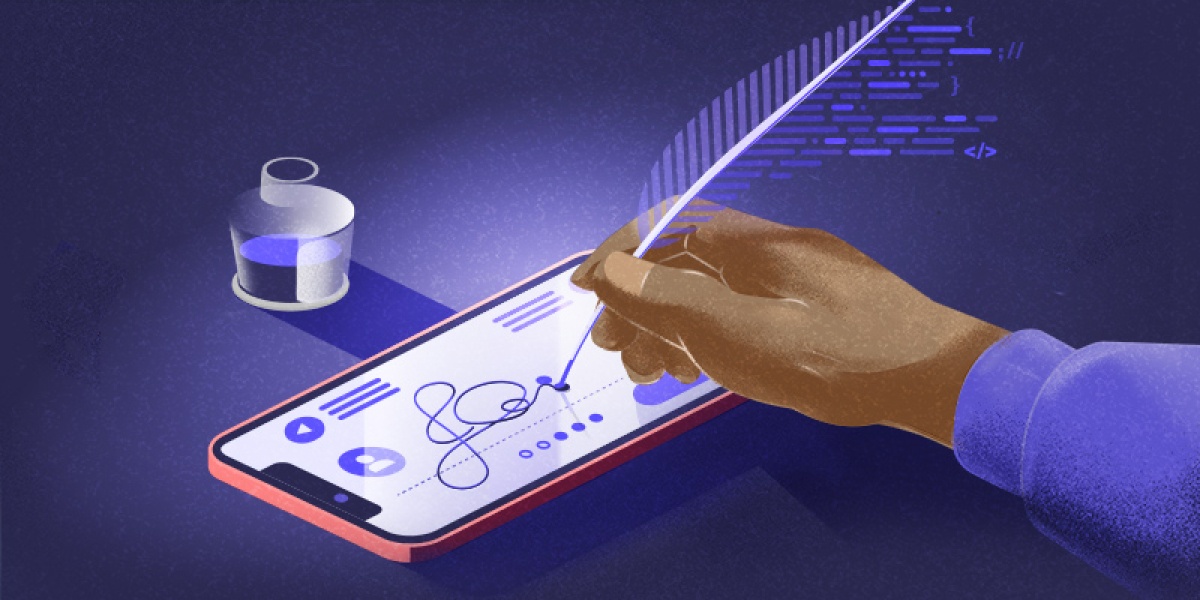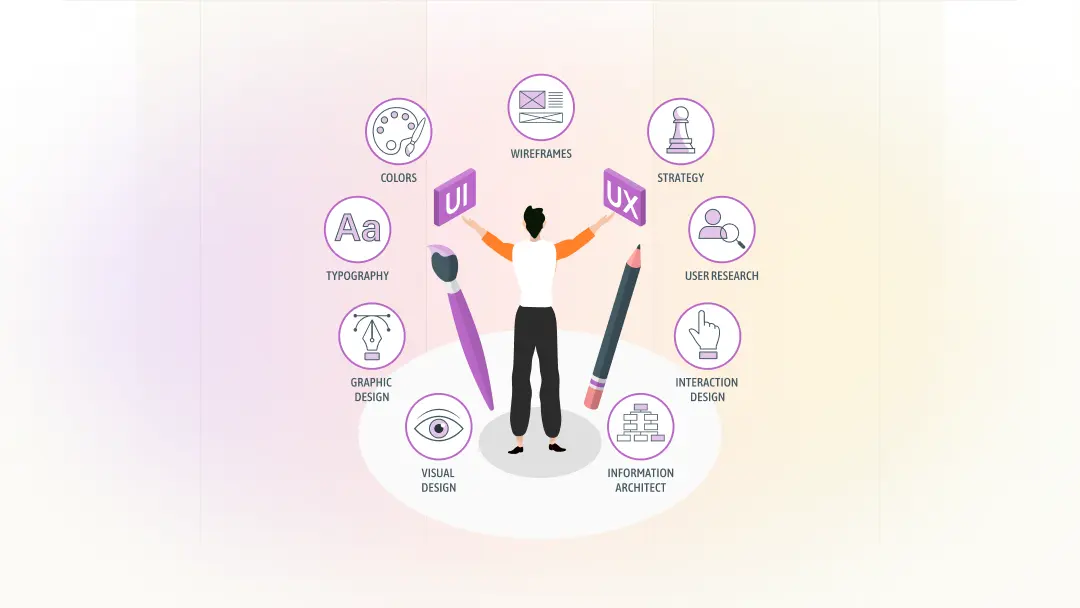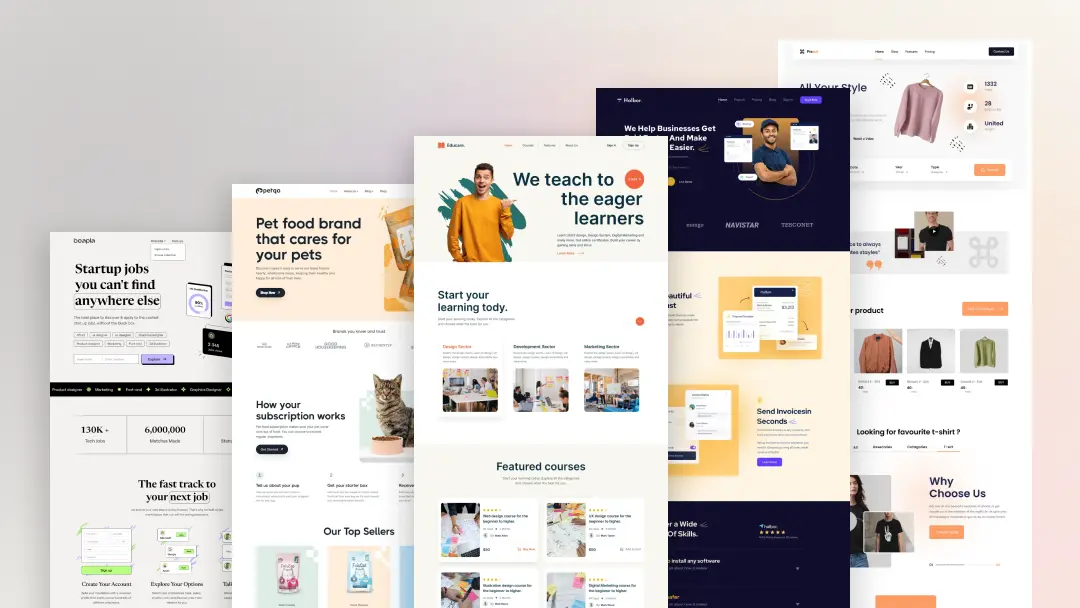20 Best Ways to Improve Your UI Design Skills
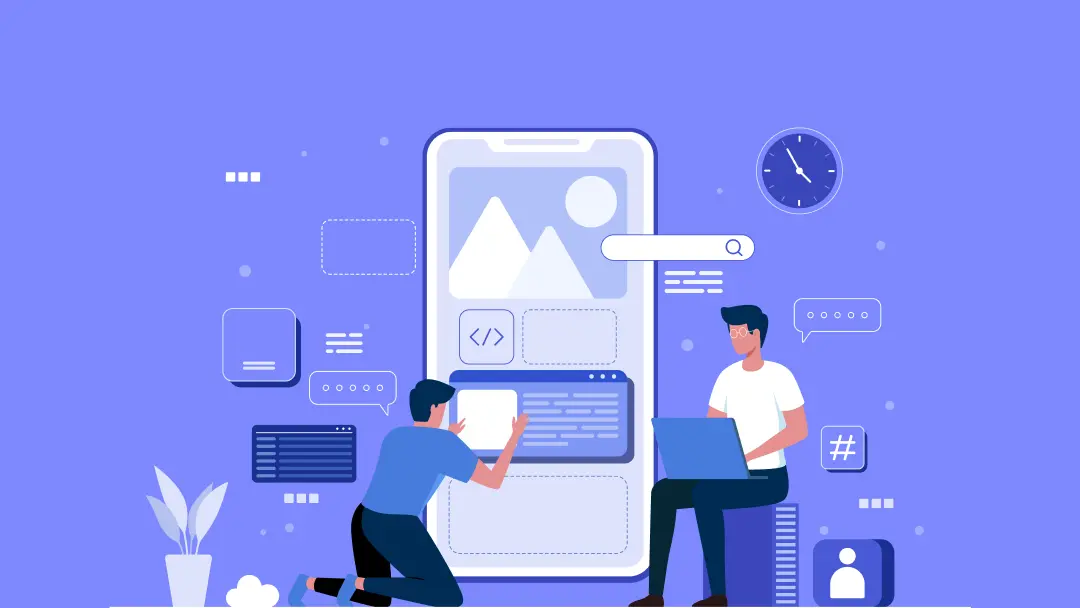
As a UI designer, it's always important to be learning new things. We all want to be better at what we do, and for UI designers, that means constantly learning and improving your skills. To make great UI designs, you have to be well-ideated and experienced in designing. But what if you are not getting that? Whether you're a beginner or have some experience under your belt.
Here are 20 tips that will help you to improve your UI skills
1. Start With The Basics
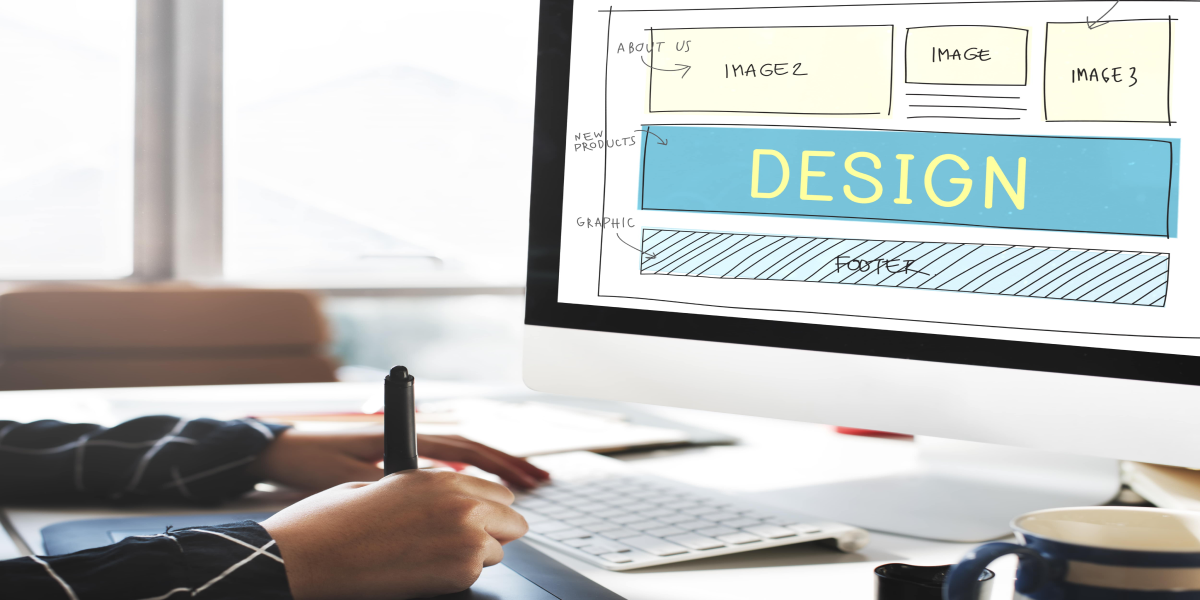
Before diving deeper into UI design's fundamentals and processes, it is important first to understand the basics.
What are the different elements of a UI?
What are the fundamental principles of effective design?
What types of users are you designing for?
Answer these questions, and you'll be on your way to developing strong UI design skills. Start by introducing yourself to the different elements of a UI, such as buttons, menus, text fields, and icons. Study how these elements interact with each other and with users.
Learn effective design principles, such as simplicity, clarity, and usability. And most importantly, always test your designs with real users to get feedback on how well they work.
2. Use a Design With a Thinking Process

So, how do you go about improving your UI design skills? One way is to use a design with a thinking process. Design thinking is a creative problem-solving process that helps you to come up with innovative solutions to problems.
It involves breaking down a problem into smaller parts and possible intelligence solutions. You can use the design thinking process to help you with your UI design projects. Below are some steps that you can follow:
1. Define the problem: What are you trying to solve with your UI design? Break the problem down into its smallest parts and identify the specifics.
2. Brainstorm possible solutions: Come up with as many possible solutions as possible. Don't be afraid to think outside the box.
3. Evaluate the solutions: Select the best solutions and evaluate them against your criteria.
4. Choose a solution and fulfill it: Finally, choose the best solution and implement it.
3. Use Typography To Create Hierarchy And Contrast

Typography is one of the most important aspects of UI design. It can help create rank and contrast on a page, making it easier for users to navigate. When it comes to typography, it's important to consider both the font and the size.
For example, you might want to use a different font for headings than for the body text. You can also control the size of the reader to create significance and contrast. Just be careful not to go too small; users need to be able to read your text easily!
Key concepts for typography design:
- Style
- Font selection
- Size
- Leading
- Tracking and kerning
- Measure
- Hierarchy and scale
4. Use Color To Create Emotion And Meaning
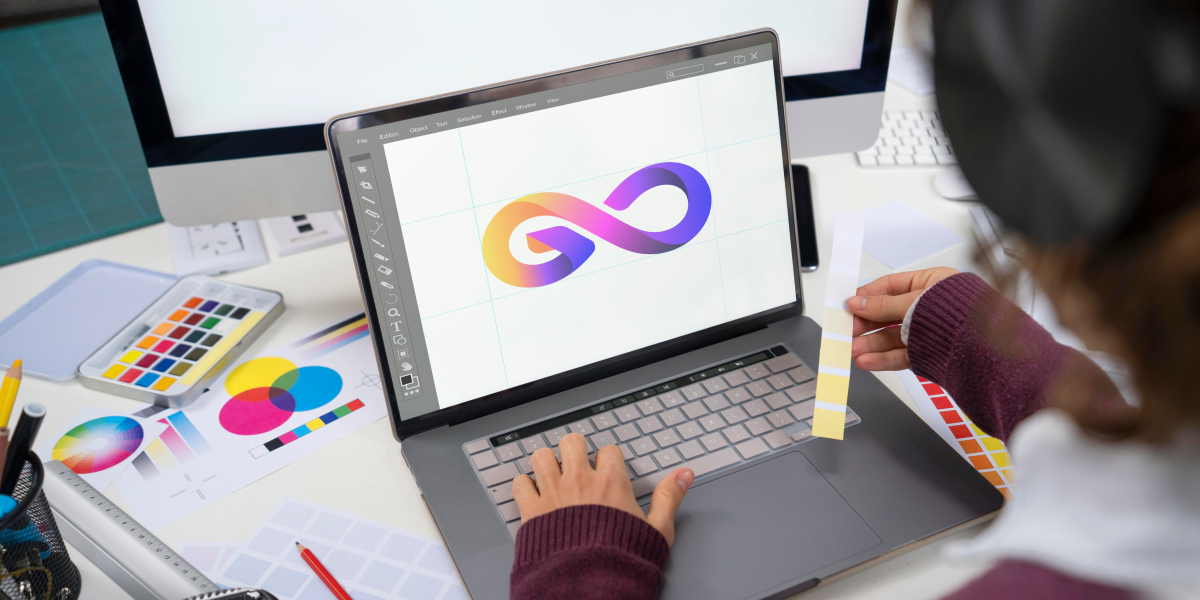
Colour is one of the most powerful tools in a designer's toolkit. Using it can make your designs more user-friendly and effective by adding emotion and meaning. Different colors can evoke different feelings in people, so it's important to use them wisely.
Blues and greens typically create a sense of calm, while reds can create a sense of excitement or urgency. You can use color to direct users' attention to certain design elements or create a specific feeling or mood. As you become more familiar with color theory, you'll be able to use it to create even more effective designs.
5. Design Principles
One of the best ways to improve your UI design skills is to learn about and understand design principles. What are design principles?
They are the fundamental concepts that guide a designer's work. When you understand and apply these principles to your work, you create layouts, interfaces, and designs that are both attractive and effective. There are many design principles, but some of the most important ones include balance, contrast, hierarchy, unity, and quantity.
6. Learn To Define The Hierarchy
Hierarchy is one of the most important aspects of good UI design. It helps to define the order and importance of different elements on the screen. When you can specify a hierarchy, you can help the user understand where they are and what they need to do.
One way to improve your hierarchy skills is to look at other websites and apps and see how they have organized their information. Another way to learn is to practice, practice, practice. Create wireframes and mockups of your designs, and experiment with different ways to organize the elements.
7. Ideation

Coming up with new, innovative, and unique ideas is essential to becoming a successful UI designer. You must be creative and open-minded, always exploring new possibilities and thinking outside the box.
One way to increase your ideation skills is to attend design workshops or events. You can also join online communities and forums or read design blogs and articles. Be curious and ask questions, and always take the time to experiment with new ideas.
8. Creativity And Design Skills
Next, one of the most important skills for a UI designer is creativity. This creativity can be in the form of coming up with new and innovative ideas or being able to see things from the user's perspective. It's also important to have strong design skills.
This includes having a good understanding of layout, typography, color theory, and other design principles. Being able to create wireframes, prototypes, and finished designs that are both user-friendly and visually appealing is a critical skill for any UI designer.
9. Communication Skills
One of the most important skills for any UI designer is communication. As a designer, you'll work with developers, stakeholders, and clients to approve your work and ensure it meets everyone's expectations. Good communication skills will help you explain your designs so that everyone can understand and resolve any conflicts quickly and efficiently.
You don't need to be an expert in every field, but you should have a basic understanding of how your designs will be implemented and their implications on the overall project. With strong communication skills, you'll be able to work effectively with everyone on your team and create beautiful, user-friendly designs that everyone can appreciate.
10. Technical Skills
To improve your UI design skills, you need to focus on your technical skills. This means having a strong understanding of design software, typography, color theory, and layout principles.
Learning to use design software is essential, as you will need to create mockups and wireframes of your designs. It would be best if you also learned as much as you can about typography, as this will help you select the right typefaces for your designs.
Color theory is another important topic to learn, as this will help you create harmonious color palettes for your designs. Finally, layout principles will help you create your designs' balanced and visually appealing layouts.
11. Industry Knowledge
To be a successful UI designer, you must understand the industry you're designing for. Keep up with the latest trends and research what users want and need. Stay informed about the latest design software and techniques, and be open to learning new things.
You should also be familiar with the fundamental concepts of user experience (UX). Understanding how users interact with your designs is essential in creating successful user interfaces.
12. Problem-solving Skills
When it comes to problem-solving, creativity is key. As a designer, you'll need to be able to come up with new ideas to solve old problems. This might involve some research, A/B testing, or user feedback. Be open to trying new things, and don't be afraid to experiment.
Not everything will work out the first time, but that's okay! Iteration is a huge part of the design process and is essential for learning and improving your skills. You're headed in the right direction as long as you always learn from your mistakes.
13. Planning Skills

Good planning skills are one of the most important skills you need to develop as a UI designer. It means thinking ahead, coming up with creative ideas, and planning out your workflow. You also need to be able to anticipate problems and have a backup plan ready.
Start by coming up with a design brief, which will help you focus on the key elements of your project. Then, use wireframes and prototypes to plan your design in more detail. Make sure you test your prototypes with real users to get feedback and make changes as needed.
And finally, always keep your user in mind when designing interfaces. You want to make sure your designs are intuitive and easy to use.
14. Focus on a Specialty
Good planning skills are one of the most important skills you need to develop as a UI designer. That means thinking ahead, coming up with creative ideas, and planning your workflow. You also need to be able to anticipate problems and have a backup plan ready.
Start by coming up with a design brief, which will help you focus on the key elements of your project. Then, use wireframes and prototypes to plan your design in more detail. Make sure you test your prototypes with real users to get feedback and make changes as needed.
And finally, always keep your user in mind when designing interfaces. You want to make sure your designs are intuitive and easy to use.
15. Study Advanced Design Techniques
As you become more efficient with user interface design, it's important to keep learning and advancing your skills. One great way to do this is to study the work of advanced designers and try to learn from their techniques.
You can find lots of great design inspiration online and even tutorials that show you how to apply advanced techniques in your work. By learning from the best, you'll be able to continue improving your skills and make even better user interfaces.
16. Get Networking
 Meeting other UI designers is a great way to learn from your associates and get inspired. Attending design events and meetups is the perfect opportunity to do this. You can also join online communities and forums or subscribe to design newsletters.
Meeting other UI designers is a great way to learn from your associates and get inspired. Attending design events and meetups is the perfect opportunity to do this. You can also join online communities and forums or subscribe to design newsletters.
Another way to get insights and advice is to read interviews with successful UI designers. By doing all of this, you'll learn new techniques and build a strong network of fellow designers who can offer support and advice when needed.
17. Copy Top Designers
One of the best ways to learn is to copy the work of top designers. Not only will this help you understand how they achieved their results, but you'll also start to see common design trends and principles in action.
Be sure to analyze the work you're copying and ask yourself why the designer made certain choices. What impact did they hope to create? What elements do they use to achieve this? Try out different techniques and see how they work for you. Don't be afraid to experiment; the best designers always evolve their style.
18. Share Your Work And Ask For Feedback
Another best way to improve your skills is to get feedback from your peers. Sharing your work with others and asking for their thoughts and advice can help you pinpoint what you're doing well and where you need to improve.
Not only will this help you grow as a designer, but it'll also help you strengthen your professional network. Asking for feedback can be tough, but it's ultimately a valuable learning experience. So don't be afraid to put yourself out there and share your work with others!
19. Find a Mentor
Finding a mentor is one of the best ways to improve your UI design skills. A mentor can help guide and support you through your design journey and offer vital advice and feedback.
If you don't know anyone who currently works in UI design, consider reaching out to designers on social media or online forums. You could also search for mentorships or apprenticeship programs that might be available in your area.
20. Take an Online Course

Learning about UI design can be a challenging task. There are so many resources available that it can be hard to know where to start. One great way to get started is to take an online course. Many courses are available, so you can find one that fits your needs and learning style. The best part? You can take the course at your own pace and learn in your comfort zone.
Find some Best UX design online course
You can also check this UX/UI Design Mastery Course
Conclusion
We hope the UI/UX designing tips, as mentioned earlier, will help improve your skills. UI design is all about creating a user-friendly and visually appealing interface for your users. Following these tips can improve your skills and create functional and beautiful interfaces. Remember that practice makes perfect, so don't be afraid to experiment with different techniques and styles. If you need any help with UI/UX designing, let us know.

